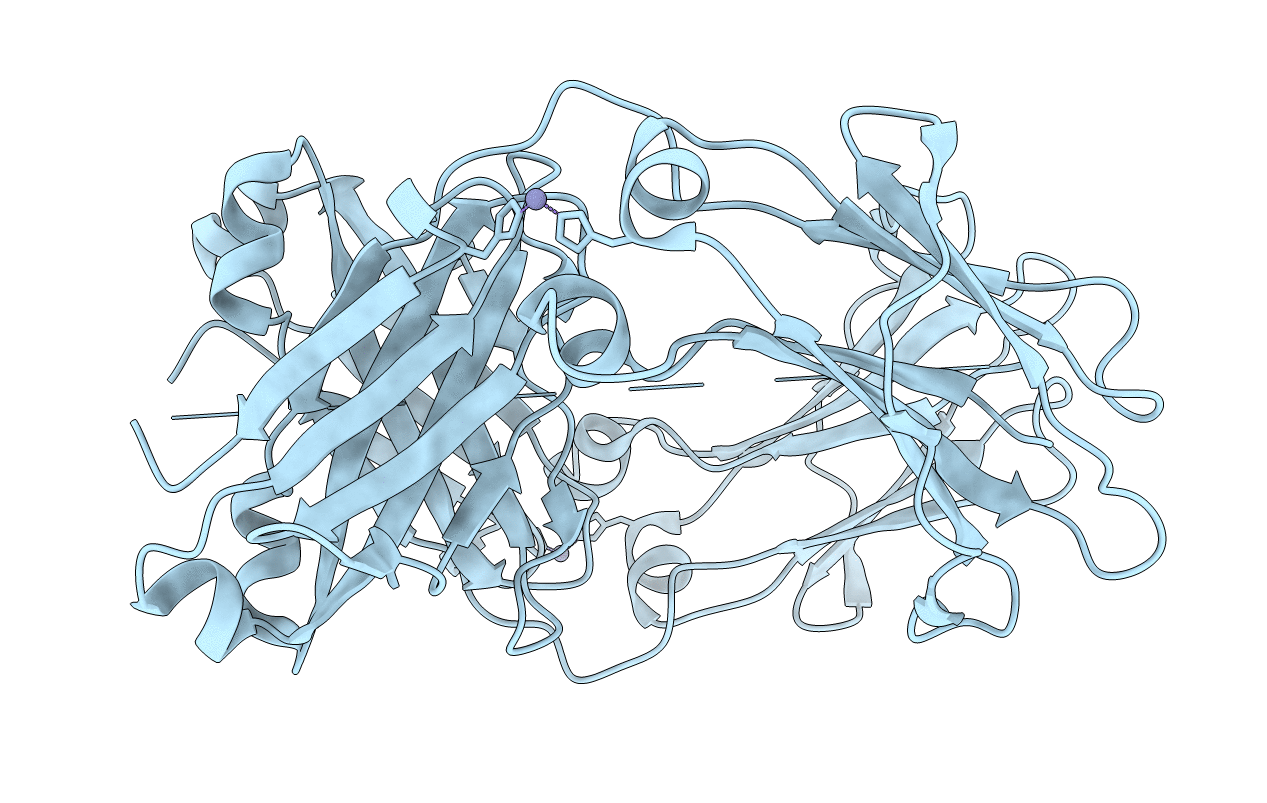
Deposition Date
2018-10-21
Release Date
2019-03-13
Last Version Date
2024-11-20
Method Details:
Experimental Method:
Resolution:
2.31 Å
R-Value Free:
0.27
R-Value Work:
0.25
R-Value Observed:
0.25
Space Group:
C 1 2 1


